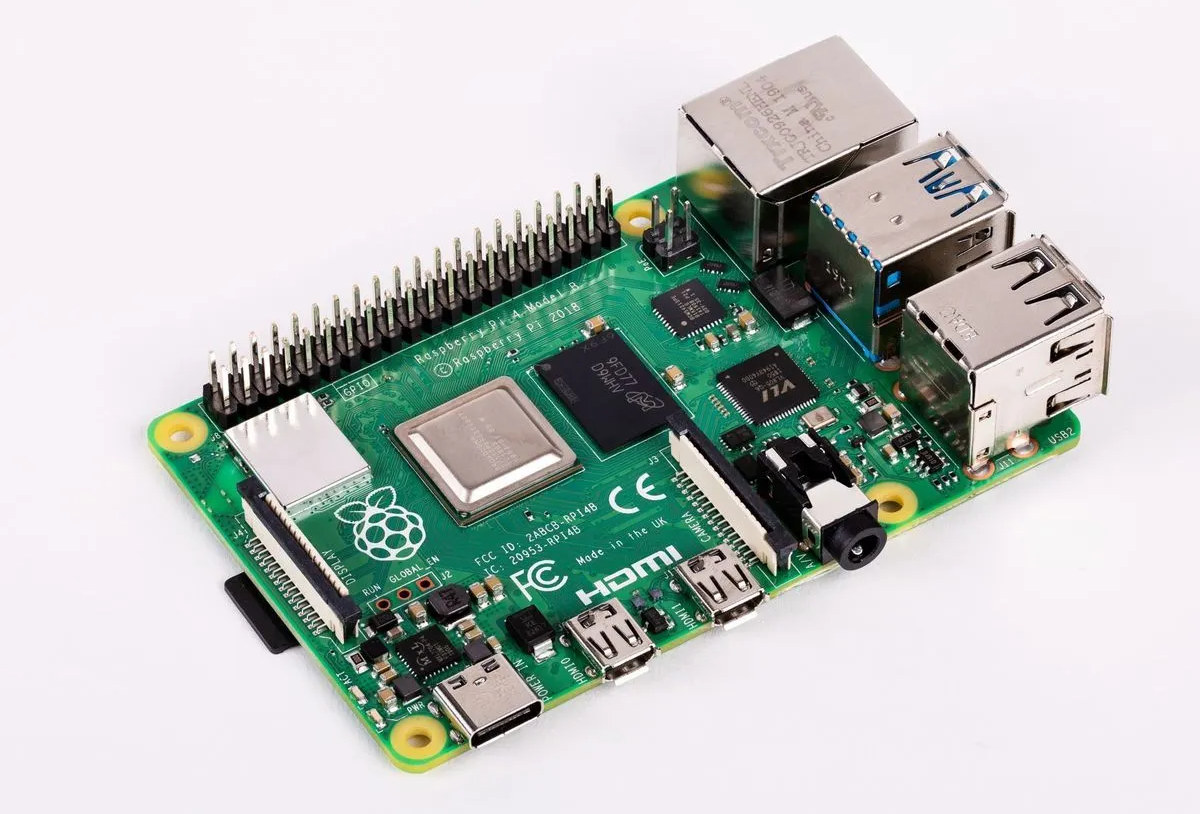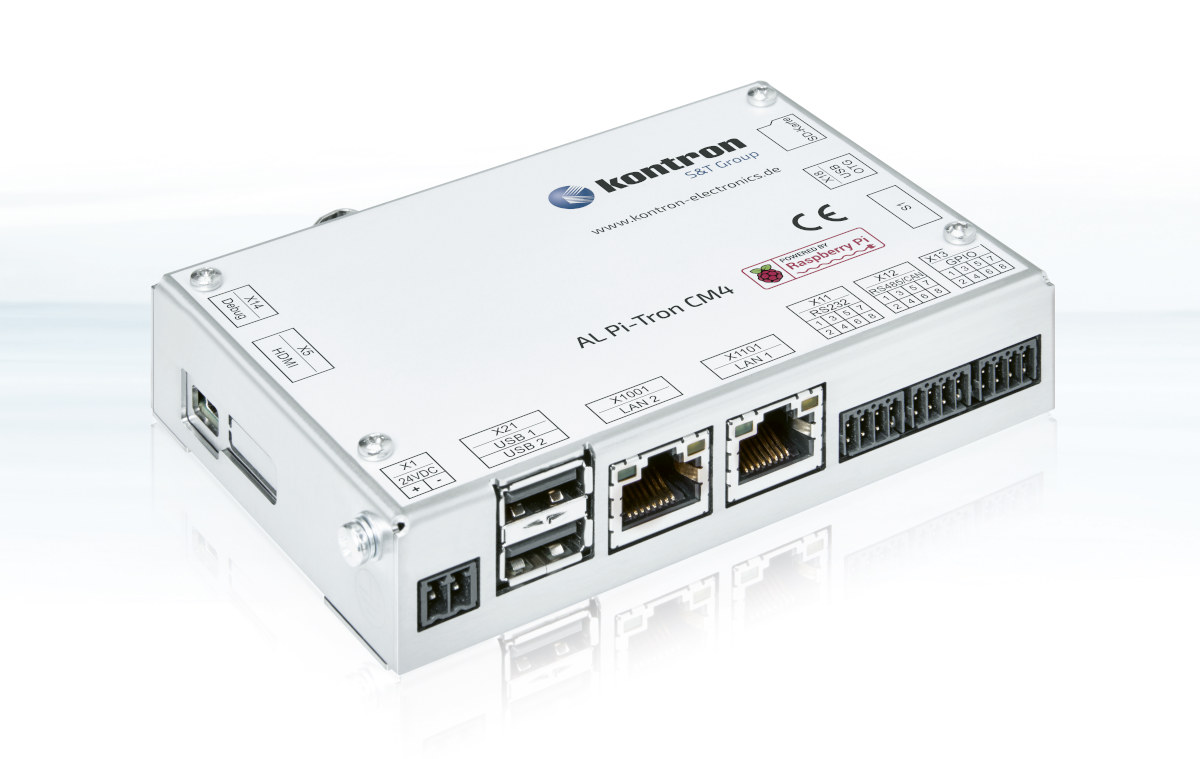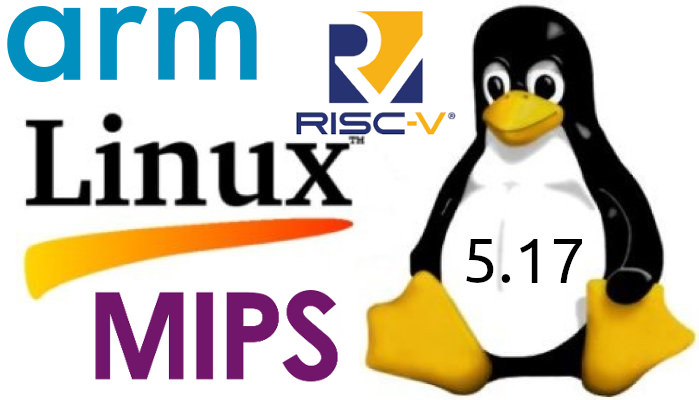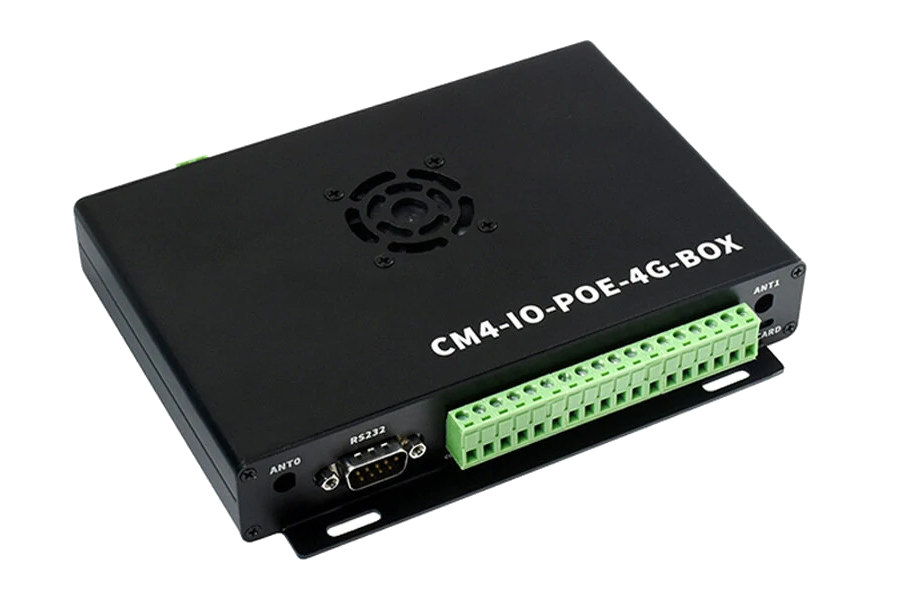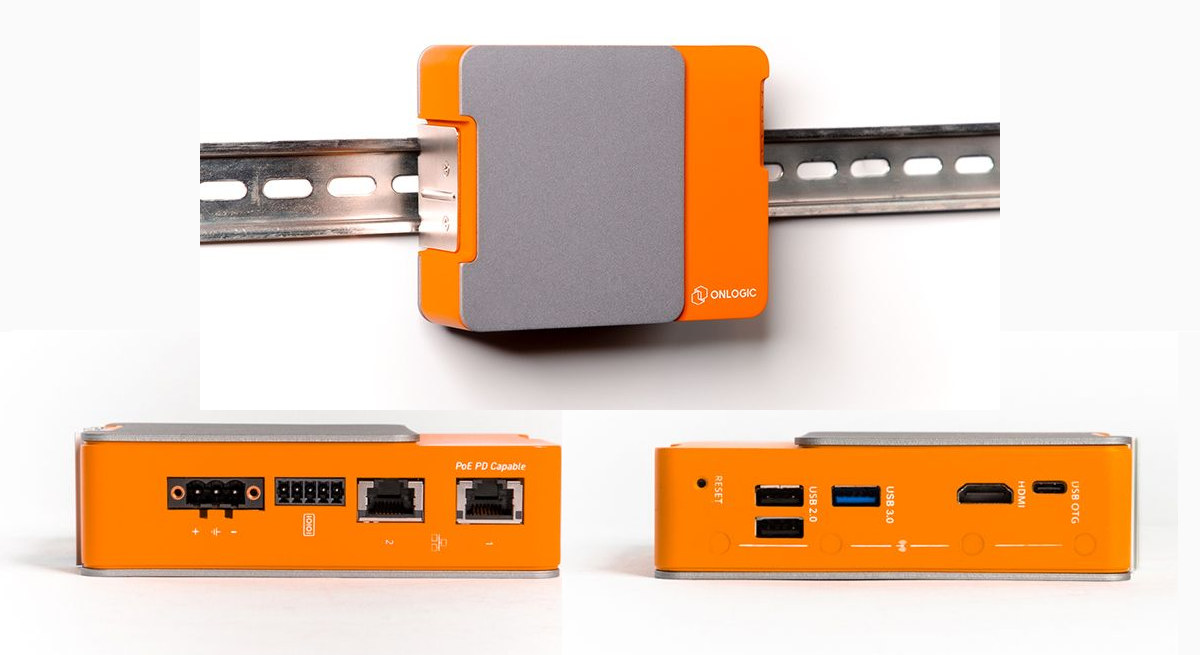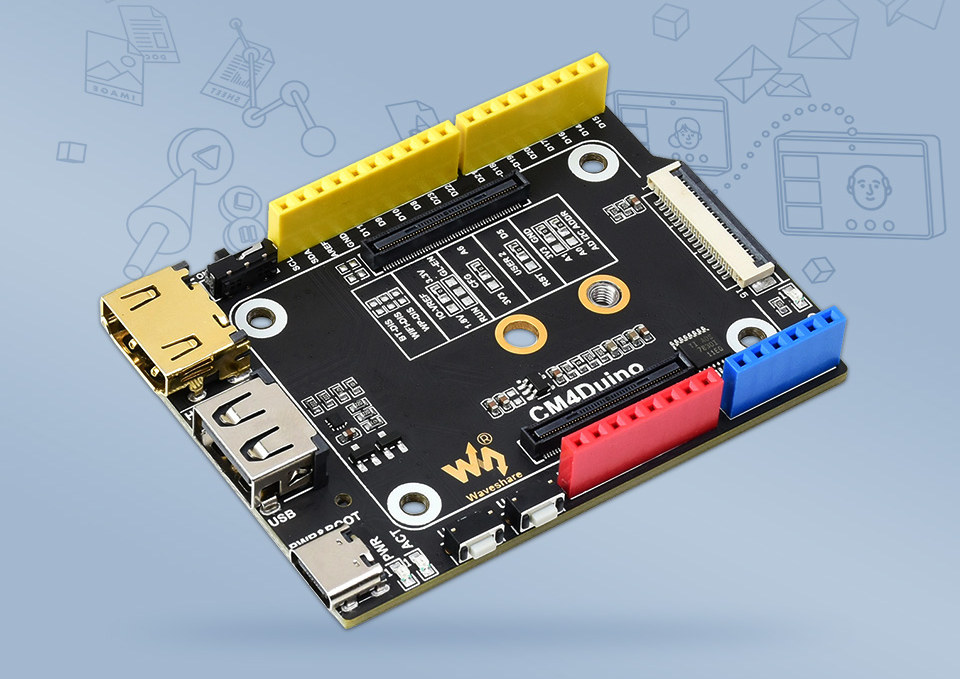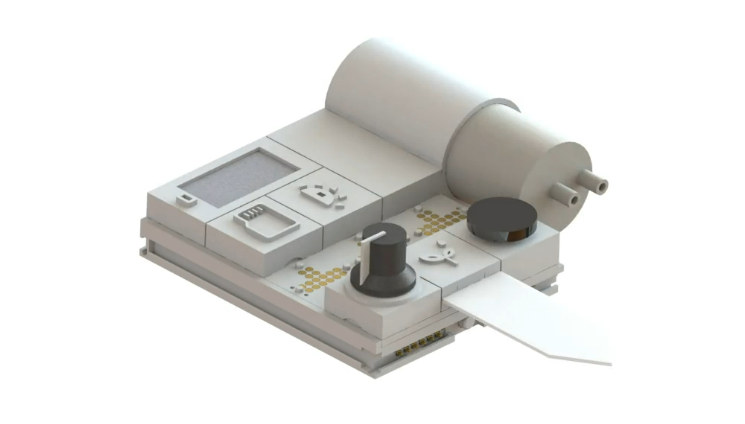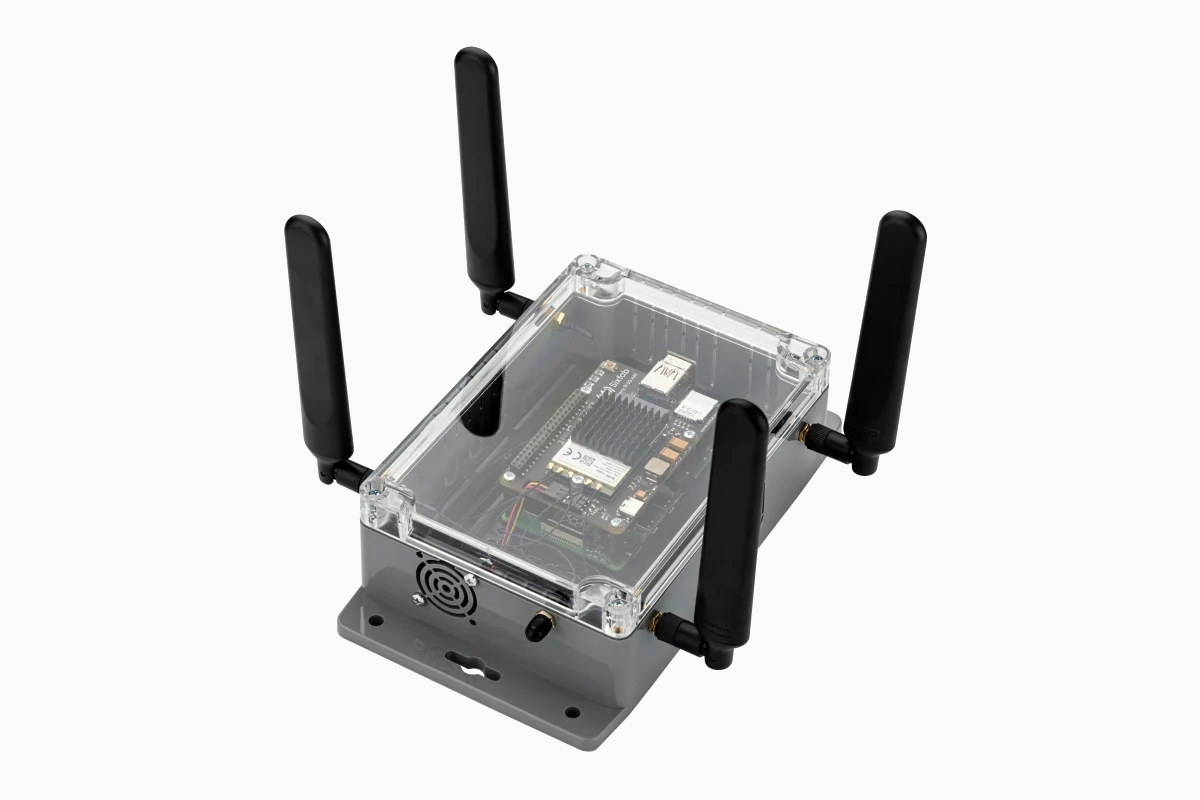As you may have noticed, Raspberry Pi boards may get hard to get and/or be sold at excessive prices by some resellers. Eben Upton explains the reasons behind the Raspberry Pi Shortage and provides some recommendations to work around the shortage and high prices. Raspberry Pi Trading is still manufacturing around 500,000 Raspberry Pi boards or modules per month despite the global semiconductors shortage, and the issue they face is more of a demand shock than a supply shock with demand for Raspberry Pi products having increased sharply from the start of 2021 and remains unabated as the supply chain can not handle that extra demand at this time. That means distributors have backlogs in almost all products, and it takes time for customers to get their orders. Bots are also involved in making automatic purchases as soon as stock becomes available often in order to resell those boards at […]
Kontron Pi-Tron CM4 mini PC leverages Raspberry Pi Compute Module 4 for industrial applications
Kontron Pi-Tron CM4 is a single-board computer and mini PC based on the Raspberry Pi Compute Module with a Broadcom BCM2711 quad-core Cortex-A72 processor, up to 8GB RAM, up to 32GB eMMC flash, HDMI video output, two Ethernet ports, optional WiFi and Bluetooth connectivity, and an M.2 slot for AI or wireless expansion. Designed for industrial applications, the Pi-Tron CM4 is also equipped with RS232, RS485/CAN FD bus, and GPIO terminal blocks, supports 24V input voltage, and is optionally sold as AL Pi-Tron CM4 in a housing suited for challenging environments. Kontron Pi-Tron CM4 specifications: SoM – Raspberry Pi Compute Module 4 (CM4) with Broadcom BCM2711 quad-core Cortex-A72 processor @1.5 GHz, VideoCore VI GPU, H.265 (HEVC) up to 4Kp60 decode, 1080p30 encode, up to 8GB LPDDR4, up to 32GB eMMC flash Storage – MicroSD card socket (only for Raspberry Pi CM4 Lite module) Display I/F HDMI 2.0 up to 4Kp60 […]
Linux 5.17 release – Main changes, Arm, RISC-V, and MIPS architectures
Linus Torvalds has just released Linux 5.17: So we had an extra week of at the end of this release cycle, and I’m happy to report that it was very calm indeed. We could probably have skipped it with not a lot of downside, but we did get a few last-minute reverts and fixes in and avoid some brown-paper bugs that would otherwise have been stable fodder, so it’s all good. And that calm last week can very much be seen from the appended shortlog – there really aren’t a lot of commits in here, and it’s all pretty small. Most of it is in drivers (net, usb, drm), with some core networking, and some tooling updates too. It really is small enough that you can just scroll through the details below, and the one-liner summaries will give a good flavor of what happened last week. Of course, this means […]
CM4-IO-POE-4G-Box – A Raspberry Pi Compute Module 4 box for industrial IoT applications
While the Raspberry Pi Compute Module 4 is basically unobtanium, companies keep introducing products based on the Arm system-on-module, and Waveshare CM4-IO-POE-4G-Box is a complete system designed for industrial IoT applications with CAN Bus, RS232 and RS485 interfaces, Ethernet with PoE support, plus optional support for 2G to 5G cellular connectivity. The CM4-IO-POE-4G-Box is based on the “Compute Module 4 PoE 4G” carrier board which itself appears to be an update to the company’s earlier “Compute Module PoE 4G” carrier board for the Raspberry Pi CM3 module. CM4-IO-POE-4G-Box / Compute Module 4 PoE 4GB board specifications: Support SoM – All variants of Raspberry Pi Compute Module 4 Storage – MicroSD card socket used for Raspberry Pi Compute Module 4 Lite (without eMMC) Display 2x HDMI ports up to 4Kp30 (I suppose even 4Kp60) 2x 15-pin MIPI DSI connectors + openings in the enclosure for flat cables Camera – 2x internal […]
OnLogic announces Factor 201 Raspberry Pi CM4 industrial PC, Factor 202 controller coming soon
OnLogic has announced the launch of the Factor 201, a compact fanless industrial PC based on Raspberry Pi CM4 (Compute Module 4) for Edge IoT applications, and is working on the Factor 202 industrial controller with onboard digital and analog I/Os (DIO & AIO), as well as a capacitive touchscreen. OnLogic Factor 201 Specifications: SoM – Raspberry Pi CM4 with Broadcom BCM2711 quad-core Arm Cortex-A72 processor @ up to 1.5 GHz, up to 8GB LPDDR4 RAM, up to 32GB eMMC flash Additional storage – Optional M.2 SATA SSD (See Expansion section) Video Output – HDMI port up to 4Kp60 Networking 2x Gigabit Ethernet LAN (Optional PoE PD Input) via Realtek RTL8153 controller Optional WiFi/Bluetooth module on Raspberry Pi CM4 module + 3x antenna holes Optional 4G LTE wireless module via M.2 socket USB – 1x USB 3.2 Gen 1 port, 2x USB 2.0 ports, 1x USB-C management port Serial – […]
Waveshare CM4-Duino – An Arduino compatible carrier board for Raspberry Pi CM4
Waveshare CM4-Duino is a carrier board for Raspberry Pi Compute Module 4 (CM4) that follows Arduino UNO R3 form factor while offering HDMI output, a MIPI CSI camera interface, a USB interface, and even an M.2 M Key socket for expansion. This allows the board to reuse most Arduino shields while offering the flexibility of a more powerful Arm Linux platform that can further be expanded with an NVMe SSD or a wireless module through the included M.2 socket. Waveshare CM4-Duino specifications: Support SoM – All variants of Raspberry Pi Compute Module 4 Storage MicroSD card socket for Compute Module 4 Lite (without eMMC) variants Optional NVMe SSD via M.2 socket Video Output – HDMI up to 4Kp30 (not sure why 4Kp60 would not be supported) Camera I/F – 1x MIPI CSI-2 connector USB – 1x USB 2.0 Type-A header, 1x USB Type-C for power and programming Expansion M.2 M […]
Pockit modular Linux computer gets a Raspberry Pi CM4 upgrade
We first wrote about the Pockit modular Linux computer with hot-plugging magnetic blocks about a year ago. The system was based on a STM32+ESP32 mainboard with a socket for an optional Raspberry Pi Compute Module 3 and included magnets and electrical contacts to snap and hot-plug modules/blocks while the computer is running. The developer (Anil Reddy) has made good progress with the project and added the option to use a Raspberry Pi CM4 with Pockit (provided you can find one) to improve performance, for example for computer vision. Other changes include support for AI accelerators, an improved dashboard, home automation integration, and more. Pockit now supports over 80 feature BLOCKS ranging from a rotary encoder to a microSD card reader to various camera types, an HDMI block, AI accelerators, and so on. All of which can be magnetically snapped while the computer is running, and automatically detected in the dashboard. […]
Raspberry Pi 5G Development Kit to ship with Quectel RM50xQ or Telit FN980 modem
SixFab is now taking pre-orders for its “Raspberry Pi 5G Development Kit” equipped with either Quectel RM50xQ or Telit FN980 5G modem fitted to SixFab’s Raspberry Pi 5G HAT, all housed in a plastic and acrylic enclosure with four antennas. The selected modems rely on the worldwide 5G NR Sub-6GHz and mmWave frequency bands, and the company says a data throughput of up to 5.0 Gbps (download) and 1.0 Gbps (upload) is possible with the kit. SixFab explained the 5G devkit is designed to help with the development, optimization, and testing of MTC (Machine-type Communication) and M2M projects leading to products such as IoT gateways, indoor and outdoor CPE, high bitrate video streaming, real-time sensor data broadcasting, high-speed mobile 5G hotspot, etc. SixFab Raspberry Pi 5G Development Kit specifications: Works with Raspberry Pi 4 or compatible SBC’s with USB 3.0 port Raspberry Pi 5G HAT with M.2 socket optionally fitted […]


